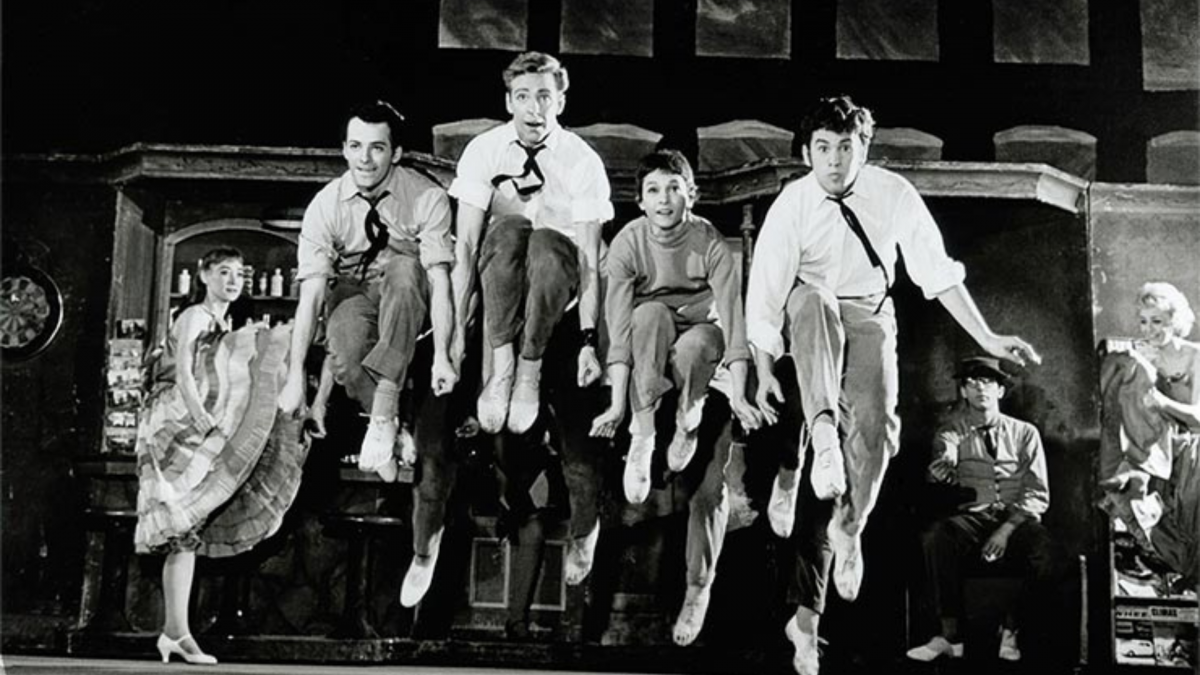Broadway has always danced its way into history—one step, kick, and pirouette at a time. From Balanchine’s groundbreaking ballet in On Your Toes to Justin Peck’s haunting modern storytelling in Illinoise, choreography has been the heartbeat of the American musical. These are the numbers that stopped shows, broke rules, and redefined what movement could mean on stage.
1936 – “Slaughter on Tenth Avenue,” On Your Toes
Choreography: George Balanchine
This was the moment ballet crashed Broadway’s party. Balanchine’s “Slaughter on Tenth Avenue” combined classical technique with the grit of gangsters and showgirls, turning a tongue-in-cheek story ballet into a thrilling, dramatic centerpiece. It was the first time a full-length ballet sequence was integrated into a musical’s plot. The number marked the arrival of serious dance on Broadway and opened the door for choreographers to become storytellers, not just decorators.
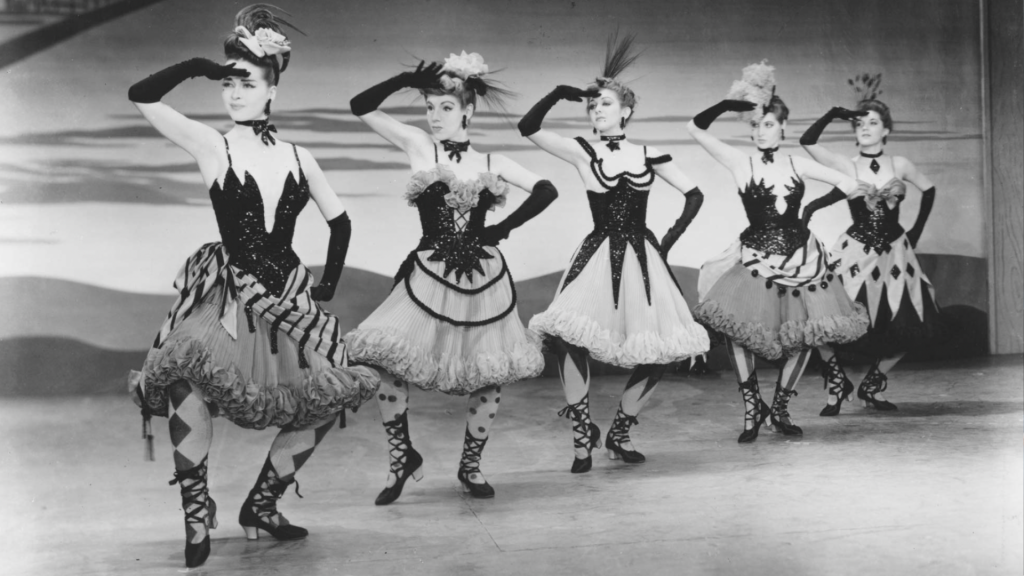
1943 – “Dream Ballet,” Oklahoma!
Choreography: Agnes de Mille
Broadway changed forever the moment Laurey fell asleep. Agnes de Mille’s “Dream Ballet” wasn’t just a dance, it was the first time choreography told a character’s subconscious story. Fifteen minutes of swirling tulle, heartbreak, and innovation that announced that dance could think instead of a shout, and Broadway never stopped listening.
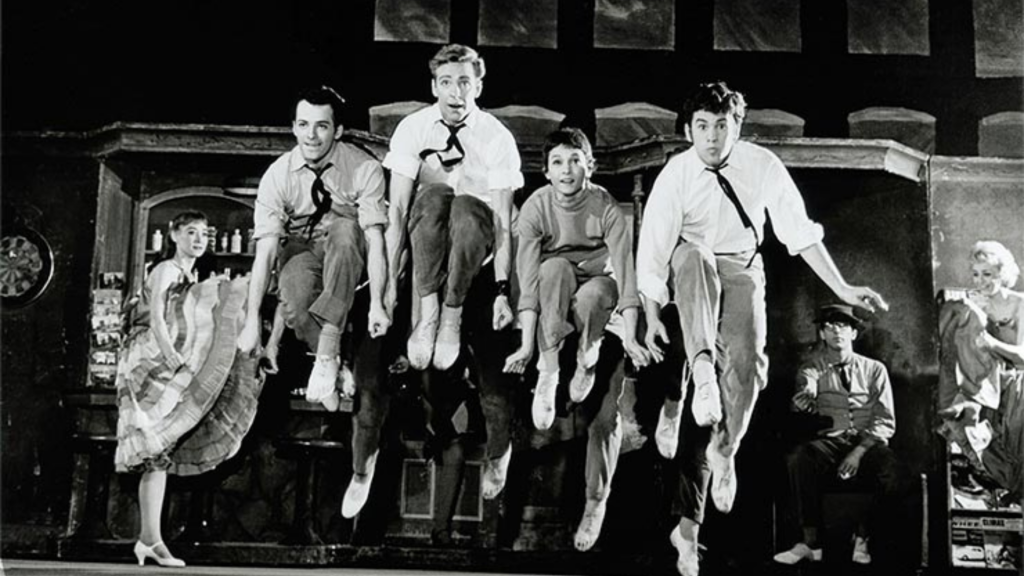
1957 – “Cool,” West Side Story
Choreography: Jerome Robbins
Snaps, slides, and explosions barely contained. Robbins gave the American musical a new vocabulary: ballet laced with street tension. “Cool” is still studied as the moment dance became emotion’s twin.
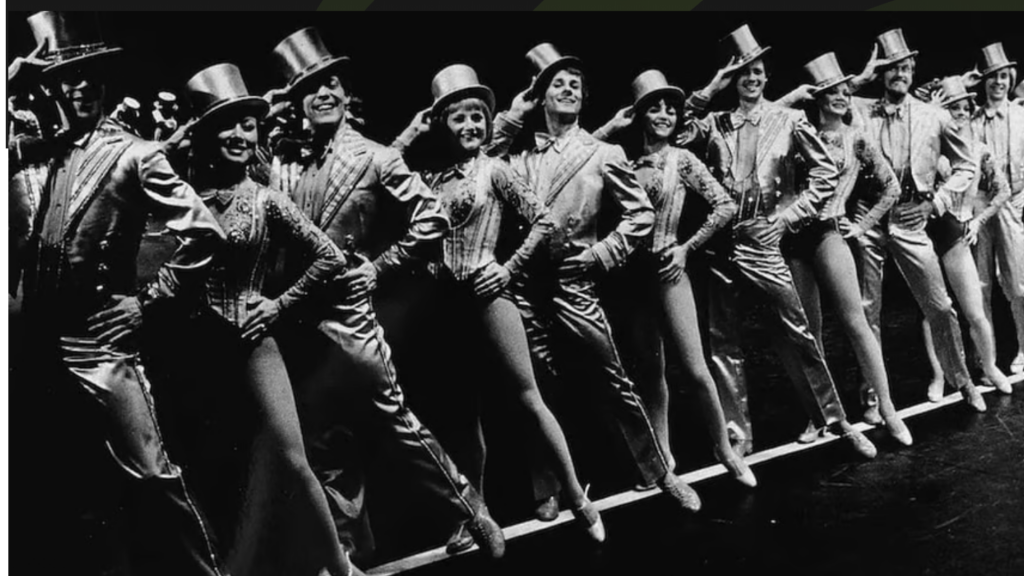
1975 – “One,” A Chorus Line
Choreography: Michael Bennett
Gold hats, high kicks, heartbreak. “One” immortalized the chorus: uniform, dazzling, and unseen. The finale that turned dancers into myth and mirrors.
1975 – “All That Jazz,” Chicago
Choreography: Bob Fosse
Smoky, syncopated, and sinister. The opening of Chicago reintroduced Fosse’s aesthetic as cultural gospel: hips low, fingers alive, everything precise and dangerous. It’s Broadway stripped to attitude and anatomy.
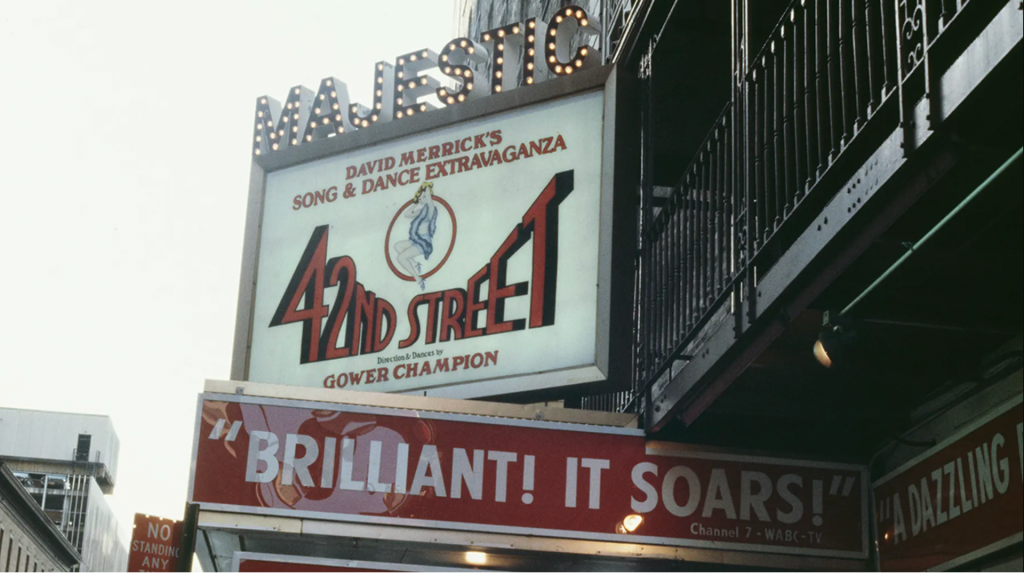
1980 – “We’re in the Money,” 42nd Street
Choreography: Gower Champion
A tap extravaganza gleaming with Depression-era optimism. Champion’s staging turned tap into a glittering survival dance, resilience in rhythm.
1992 – “Slap That Bass,” Crazy for You
Choreography: Susan Stroman
A jazz fantasia where bodies become instruments. Stroman’s dancers pluck invisible strings and bounce like basslines, proving that dance is music made visible.
2002 – “Movin’ Out,” Movin’ Out
Choreography: Twyla Tharp
Billy Joel’s music meets Tharp’s muscular modern dance in a show that tells its story entirely through motion. Jazz, ballet, and rock collide in a piece that made Broadway feel brand new.
2005 – “Electricity,” Billy Elliot
Choreography: Peter Darling
A working-class boy discovers his power through motion. The number builds from confusion to catharsis, part tap, part rebellion. A child discovering freedom mid-air.
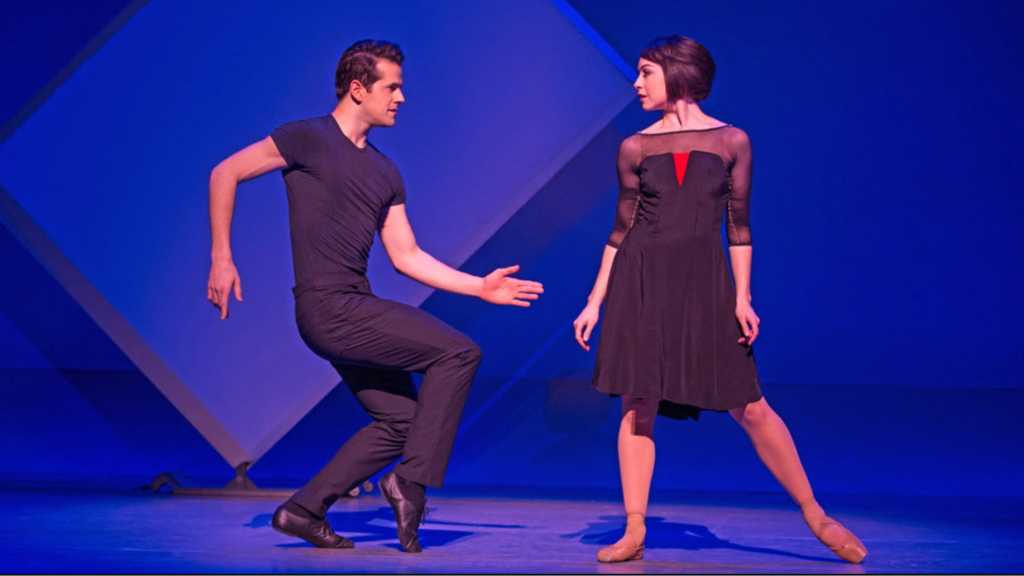
2014 – “An American in Paris Ballet,” An American in Paris
Choreography: Christopher Wheeldon
Wheeldon’s luminous dream ballet brought Gershwin’s score to life with balletic sweep and cinematic grace. The sequence blurs realism and reverie, transforming post-war Paris into living art. It reignited Broadway’s love affair with classical form.
2019 – “El Tango de Roxanne,” Moulin Rouge! The Musical
Choreography: Sonya Tayeh
Raw, sensual, and explosive. Tayeh’s fusion of contemporary and ballroom forms turns desire into violence and heartbreak into art. It’s a masterclass in emotional choreography.
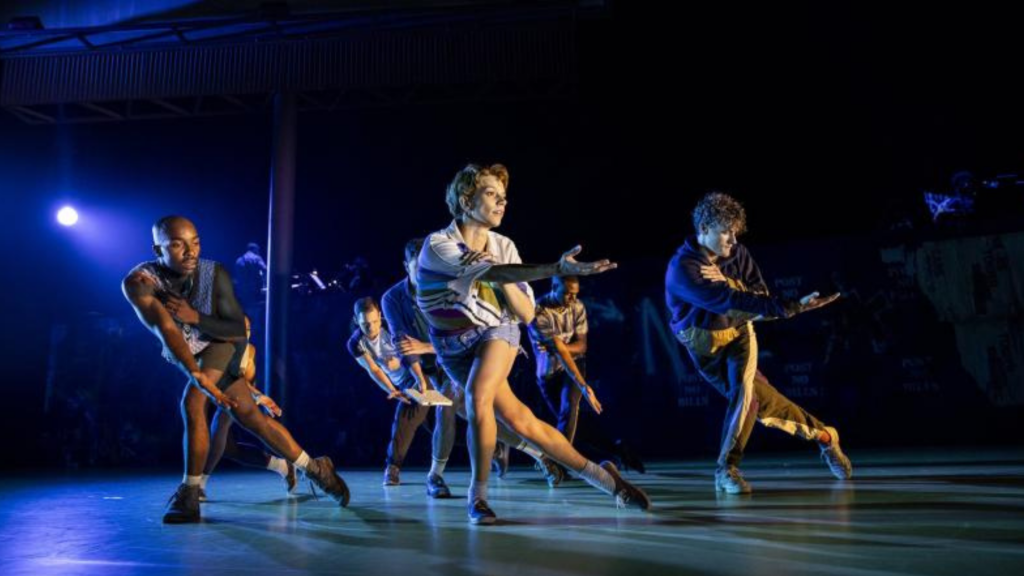
2024 – “Illinoise Ballet,” Illinoise
Choreography: Justin Peck
No words, no dialogue, just bodies and Sufjan Stevens’ music translating memory and loss into dance. Illinoise is the latest reminder that Broadway choreography can still astonish without uttering a line. If Agnes de Mille invented narrative dance, Justin Peck made it human again.
